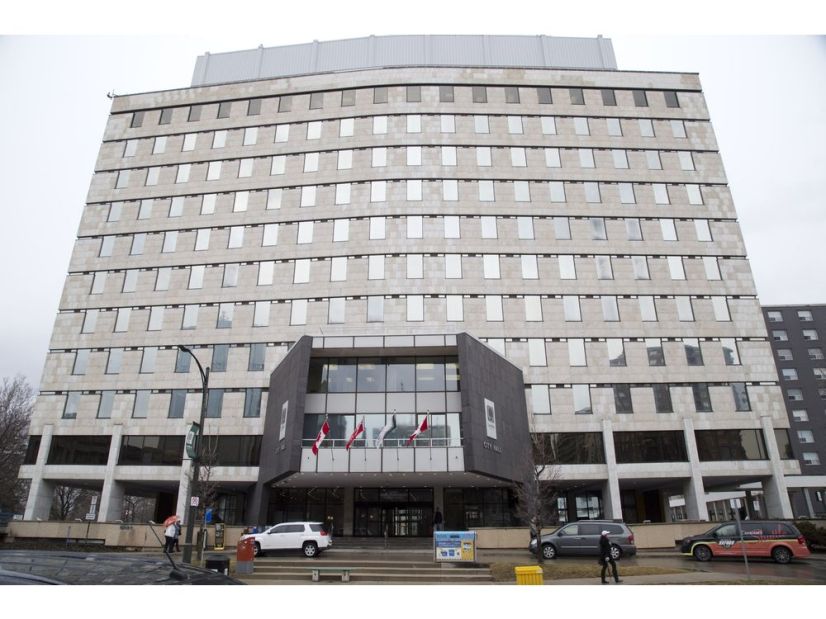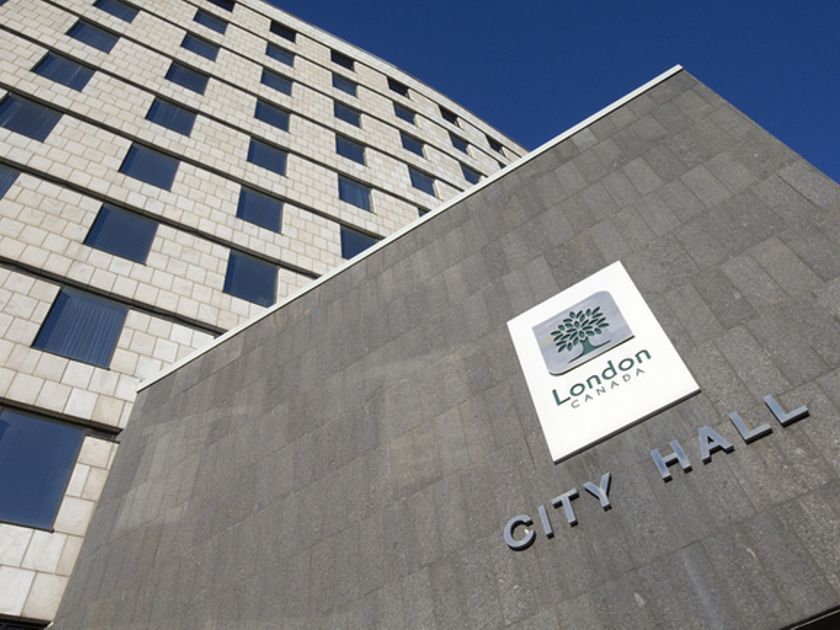Sick days skyrocketed in some parts of the London fire department last year, the average up close to 80 hours per employee, according to new statistics from city hall.
The city’s report on time lost in 2017 to injury and illness shows that workers in the communications branch of the fire department took an average of 187.7 hours (15.6 days, based on a shift of 12 hours) of sick leave last year compared to 109.4 hours (9.1 days) in 2016.
Fire prevention employees took an average of 16.2 sick days last year compared with 6.5 in 2016.
“When my members are not in the workplace due to any illness or injury that’s a concern to me. I want everyone to be functioning in their normal way, coming to work productive and happy,” said Jason Timlick, president of the firefighters’ union.
He called the numbers “concerning” but added the insurance plan for the London Professional Fire Fighters Association requires members to take all their sick time before going on short or long-term disability.
City hall sick time 2017
- CUPE 101 (inside workers) – 55.2 hours
- CUPE 107 (outside workers) – 77.6 hours
- Dearness (Unifor) – 57.0 hours
- Fire, communications – 187.7 hours (15.6 days based on 12-hour shift)
- Fire, prevention – 129.2 hours (16.2 days based on eight-hour day)
- Fire, suppression – 99.3 hours (4.1 days based on 24-hour shift)
- Management – 48.4 hours (six days based on eight-hour day)
And given that some employee groups are smaller than others – there are very few fire communicators and prevention officers compared to frontline members, for example – one or two injuries can inflate the numbers, Timlick said.
Firefighters in the larger suppression division – the ones fighting fires – actually took less sick time on average in 2017, down about five hours per employee.
Allegations of harassment and bullying exploded at the London fire department last month, and mounting pressure led city hall to hire a Toronto law firm to investigate the city corporation’s workplace culture and policy for filing complaints.
But Timlick said it’s not fair to associate a rise in sick time with a systemic problem.
“Our job is very different than an office employee or someone who works in other fields. There are certain stresses that are put on communicators, firefighters, fire inspectors, that can cause a great number of illnesses or injuries,” he said.
Coun. Jesse Helmer, chair of the corporate services committee that will review the absence numbers Tuesday, said it’s important to gauge trends in lost time.
“We want all of our employees to be well and to be able to be at work. There are a lot of reasons why people might miss work,” he said. “We have to always be vigilant about what’s going on in the workforce.”
City employees on the whole took more sick time – including outside workers, Dearness Home employees and management – with the overall average jumping from 61.8 hours of sick leave per employee in 2016 to 67.2 in 2017.
“We’re a little concerned,” said human resources boss Bill Coxhead. “But we’re seeing – not just us, but everywhere – an aging workforce. As we get a little older, we take a little more time off.”
Hours lost to short and long-term disability leaves among city workers jumped too, by about three and eight hours respectively.
Support for mental health challenges – and employees who are more willing to take advantage as the stigma around those conditions is reduced – also contributed to the rising numbers, Coxhead said.
The city employs about 3,000 workers, including 750 casual employees, he said.
Source: Sick leave spikes at city hall, fire department | The London Free Press
Sick days skyrocketed in some parts of the London fire department last year, the average up close to 80 hours per employee, according to new statistics from city hall.
The city’s report on time lost in 2017 to injury and illness shows that workers in the communications branch of the fire department took an average of 187.7 hours (15.6 days, based on a shift of 12 hours) of sick leave last year compared to 109.4 hours (9.1 days) in 2016.
Fire prevention employees took an average of 16.2 sick days last year compared with 6.5 in 2016.
“When my members are not in the workplace due to any illness or injury that’s a concern to me. I want everyone to be functioning in their normal way, coming to work productive and happy,” said Jason Timlick, president of the firefighters’ union.
He called the numbers “concerning” but added the insurance plan for the London Professional Fire Fighters Association requires members to take all their sick time before going on short or long-term disability.
City hall sick time 2017
- CUPE 101 (inside workers) – 55.2 hours
- CUPE 107 (outside workers) – 77.6 hours
- Dearness (Unifor) – 57.0 hours
- Fire, communications – 187.7 hours (15.6 days based on 12-hour shift)
- Fire, prevention – 129.2 hours (16.2 days based on eight-hour day)
- Fire, suppression – 99.3 hours (4.1 days based on 24-hour shift)
- Management – 48.4 hours (six days based on eight-hour day)
And given that some employee groups are smaller than others – there are very few fire communicators and prevention officers compared to frontline members, for example – one or two injuries can inflate the numbers, Timlick said.
Firefighters in the larger suppression division – the ones fighting fires – actually took less sick time on average in 2017, down about five hours per employee.
Allegations of harassment and bullying exploded at the London fire department last month, and mounting pressure led city hall to hire a Toronto law firm to investigate the city corporation’s workplace culture and policy for filing complaints.
But Timlick said it’s not fair to associate a rise in sick time with a systemic problem.
“Our job is very different than an office employee or someone who works in other fields. There are certain stresses that are put on communicators, firefighters, fire inspectors, that can cause a great number of illnesses or injuries,” he said.
Coun. Jesse Helmer, chair of the corporate services committee that will review the absence numbers Tuesday, said it’s important to gauge trends in lost time.
“We want all of our employees to be well and to be able to be at work. There are a lot of reasons why people might miss work,” he said. “We have to always be vigilant about what’s going on in the workforce.”
City employees on the whole took more sick time – including outside workers, Dearness Home employees and management – with the overall average jumping from 61.8 hours of sick leave per employee in 2016 to 67.2 in 2017.
“We’re a little concerned,” said human resources boss Bill Coxhead. “But we’re seeing – not just us, but everywhere – an aging workforce. As we get a little older, we take a little more time off.”
Hours lost to short and long-term disability leaves among city workers jumped too, by about three and eight hours respectively.
Support for mental health challenges – and employees who are more willing to take advantage as the stigma around those conditions is reduced – also contributed to the rising numbers, Coxhead said.
The city employs about 3,000 workers, including 750 casual employees, he said.
Source: Sick leave spikes at city hall, fire department | The London Free Press






